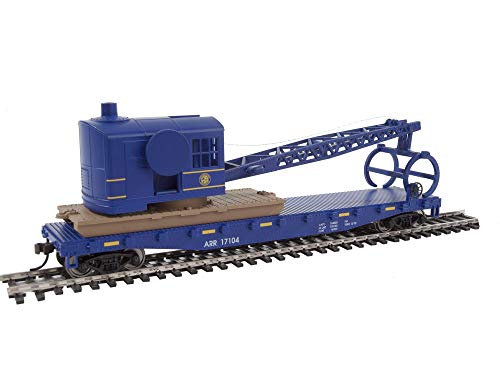west point
Engineer
We cannot minimize the example of what the just completed mission has proved. The various delays with the batteries and hurricane proved the mission pre launch was well planned. Then a rocket 1 - 1/2times the thrust of Saturn 5. New SRBs that had no problem. As well most powerful earth launched rocket ever. Yes just a little more noise. Then a perfect flight plan that went past moon to farther than any other space craft lunched from earth. The perfect return to a Pacific landing less than a mile from planned touchdown spot. What does this spotless misssion mean? Have no idea.























































